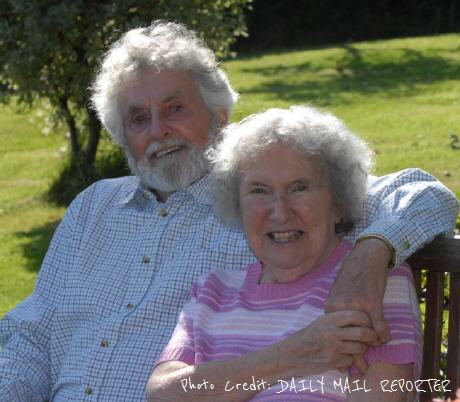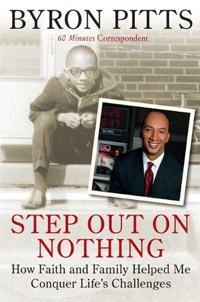
They met as five-year-old schoolchildren in 1929 and still in love after 80 years. Is this one of those fairy tales which promised ‘happily ever after?’ This is the story of Jim Hadwin and his wife Moira. They have been married for more than 61 years and despite spending their whole lives together, Jim insists they still love each other’s company. Fairy tale does come true in real life and the prince and the princess can live happily ever after.
The reality in life is the prince and the princess do argue like any couple but they also get on very well and know it would be silly to fall out over silly things. Their priority for marriage is the same – making it works.
Amy Bloom said, “Marriage is not a ritual or an end. It is a long, intricate, intimate dance together…” Like dancing, we need to understand that our partners are individuals with point of views which may differ from ours; a dance step or movement which feels good to us may not feel good to them. Many time we could be affecting our partners without realising it ourselves. Then we started blaming each other for making the “wrong” movements. We need to communicate clearly to each other to make the ‘dancing’ relationship in marriage works.
And marriage is definitely not the ‘end’ of a relationship. It is a lifelong commitment in the other person and the start of a lifelong courtship. There should always be new excitements; plan for little surprises which you know will bring smiles to your partner. Find time to appreciate each other’s presence and to spend time with each other, even when you have children. Continue to go out on dinner or movie dates. No, not with the children, but just the two of you. Find a babysitter or nanny if you have to. Just go on dates as a couple.
And like what Benjamin Franklin said, “Keep your eyes wide open before marriage, and half shut afterwards.” We have to understand that no one is perfect in this world and we must learn to see the perfection in the imperfection of our partners.
Last but not least, I believe that we should also encourage each other to grow individually and to learn new things in life. I have always believe that even when a couple is married, the husband and wife should continue to have their own circle of friends who they can hang out with from time to time. Each should take time to take care of children and things at home and encourage his/her partner to go out with friends and to pick up new things. I believe by doing this, it will encourage personal growth. As in the poem ‘Marriage‘ by Kahlil Gibran, a united soul in two bodies.
What do you think? Should marry couple be bonded together at all time or should they have personal space? How do you keep your marriage going on year after year?
Photo by www.dailymail.co.uk
___________________
Get Meaningful Connections using eharmony, Or 3 Months On Us!*
 The festive season is fast approaching and there will be numerous parties where you’ll be having a great deal of fun. When there are parties, there are always alcoholic drink and many reasons for one to drink more. Before you take another shot, think again, “Am I going to drive later?” If you are, most probably you want to be more discipline. If you are not, drink all you want and make sure you have someone to see you home safely.
The festive season is fast approaching and there will be numerous parties where you’ll be having a great deal of fun. When there are parties, there are always alcoholic drink and many reasons for one to drink more. Before you take another shot, think again, “Am I going to drive later?” If you are, most probably you want to be more discipline. If you are not, drink all you want and make sure you have someone to see you home safely. According to the
According to the 
 I read an email from
I read an email from